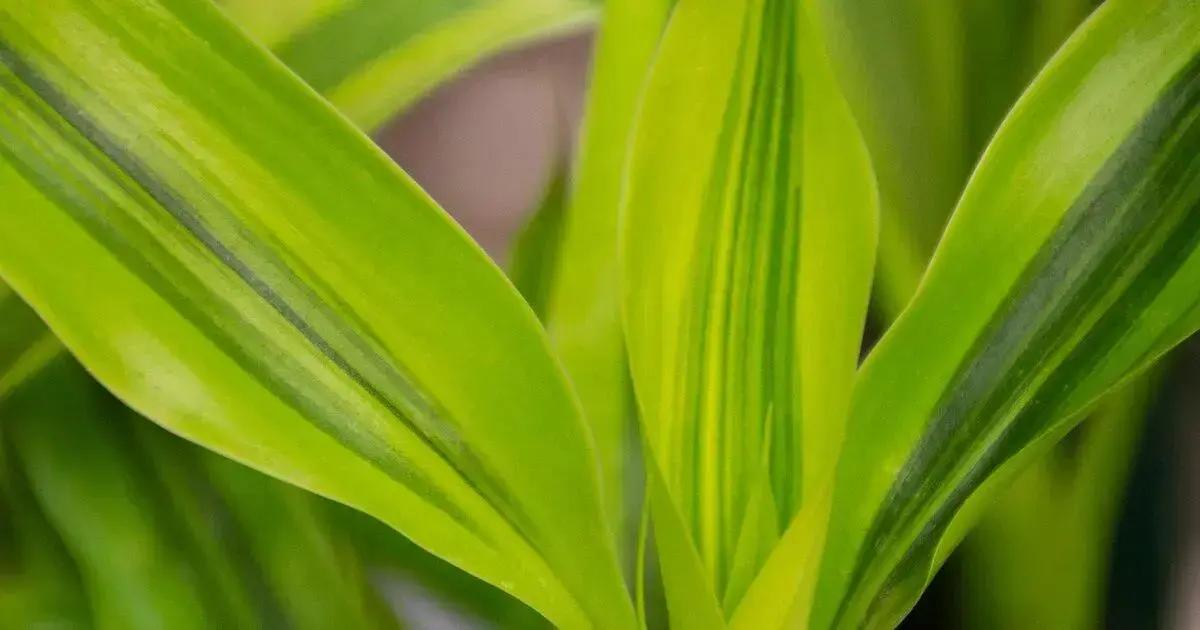How to care for marginata plant effectively can transform your indoor space into a vibrant oasis. Caring for plants is more than just an aesthetic choice; it’s an enriching experience that can brighten your environment and boost your mood. Whether you’re a novice or a seasoned plant enthusiast, there are key principles that will guide you on this journey.
Table of Contents
ToggleUnderstanding marginata plant light requirements
Understanding marginata plant light requirements is essential for ensuring its health and vibrant growth. The Dracaena marginata thrives in bright, indirect light, mimicking its natural habitat where it receives filtered sunshine under taller plants. Knowing the right light conditions can help your marginata plant flourish and resist common issues.
Optimal light conditions for marginata plants
- Bright, indirect light is ideal for growth.
- Direct sunlight can scorch the leaves.
- Low-light conditions may hinder growth but won’t necessarily kill the plant.
Signs of improper light exposure
- Too much light: Leaf burn or browning at the edges can indicate that your marginata plant is receiving too much direct sunlight.
- Not enough light: Pale or elongated leaves that appear leggy suggest insufficient lighting.
- Balanced light: Healthy, vibrant leaves signal that your plant is receiving the appropriate light levels.
How to adjust lighting for your marginata plant
- Identify the current light levels in your home.
- Move your plant closer to a light source if it shows signs of having too little light.
- Use sheer curtains to diffuse harsh sunlight if the plant is getting too much direct sun exposure.
- Regularly rotate your marginata plant for even light distribution.
Seasonal considerations
In winter months, your marginata plant may require additional light due to shorter days. Consider using artificial grow lights to supplement natural light during this time.
Additional resources
If you’re exploring indoor gardening techniques, understanding light conditions will significantly contribute to your plant’s health and longevity.
Meta description: Learn the essential light requirements for your marginata plant to thrive! Tips for different light conditions and how to adjust lighting accordingly.
Essential watering techniques for marginata care

Essential watering techniques for marginata care can significantly impact the health and growth of your Dracaena marginata. Proper watering is vital to prevent issues such as root rot and dehydration, ensuring your marginata thrives in its indoor environment.
Determining the right watering schedule
- Check the top inch of soil; if dry, it’s time to water.
- During the growing season (spring and summer), water more frequently, about every 1-2 weeks.
- In fall and winter, reduce watering to every 2-4 weeks as the plant’s growth slows.
How to water effectively
- Use room temperature water to avoid shocking the plant.
- Water thoroughly until it drains from the bottom of the pot.
- Ensure the pot has drainage holes to prevent water from pooling.
- Always empty the saucer under the pot after watering to avoid over-saturation.
Signs of overwatering and underwatering
- Overwatering: Yellowing leaves, mushy stems, and a sour odor from the soil.
- Underwatering: Drooping leaves, dry soil, and leaf curling.
Additional watering considerations
Your marginata plant may benefit from occasional misting, particularly in dry indoor conditions. However, this does not replace regular watering. Consider the humidity level in your home as well.
Useful resources
If you’re exploring indoor gardening techniques, understanding how to properly care for your marginata’s watering needs is crucial for its lush appearance.
Meta description: Discover essential watering techniques for marginata care to keep your indoor plants thriving and healthy. Tips for preventing overwatering and dehydration.
Common pests affecting marginata plants and solutions
Common pests affecting marginata plants and solutions are crucial to understand for maintaining the health of your Dracaena marginata. Recognizing and addressing these issues early can prevent significant damage and ensure your plant remains lush and vibrant.
Common pests to watch for
- Spider mites: Small, spider-like creatures that often thrive in dry conditions, leading to webbing and stippling on leaves.
- Mealybugs: White, cotton-like pests that cluster in leaf axils, leading to wilting and yellowing of leaves.
- Scale insects: Hard, shell-like insects that attach themselves to stems and leaves, sucking sap and weakening the plant.
- Fungus gnats: Small flies that can be found around the soil, their larvae feed on roots and can cause stunted growth.
Identifying pest problems
Look for these signs to determine if your marginata plant is infested:
- Stunted growth or wilting leaves.
- Visible insects or webbing on the plant.
- Sticky residue (honeydew) on leaves or below where insects are present.
Effective solutions for pest control
- Regularly inspect your marginata plants for any signs of pests.
- Use insecticidal soap or neem oil to treat infestations.
- Remove pests by hand or wash them away with a strong stream of water.
- Improve air circulation and humidity, as pests thrive in dry conditions.
Preventive measures
- Keep your marginata healthy through proper watering and light conditions.
- Avoid overcrowding plants to enhance airflow.
- Introduce beneficial insects, like ladybugs, that can naturally control pest populations.
Learn more
If you’re exploring indoor gardening techniques, understanding how to manage and prevent pests is essential for maintaining a thriving marginata plant.
Meta description: Discover the common pests affecting marginata plants and effective solutions to prevent and treat infestations, ensuring healthy growth.
In conclusion
Caring for your marginata plant is an enriching experience that combines knowledge of light, watering, and pest management. By understanding the essential light requirements, employing effective watering techniques, and being vigilant against common pests, you can ensure your Dracaena marginata thrives beautifully in your indoor space. For those looking to further enhance their indoor gardening experience, consider checking out these tips on enhancing your indoor garden.

